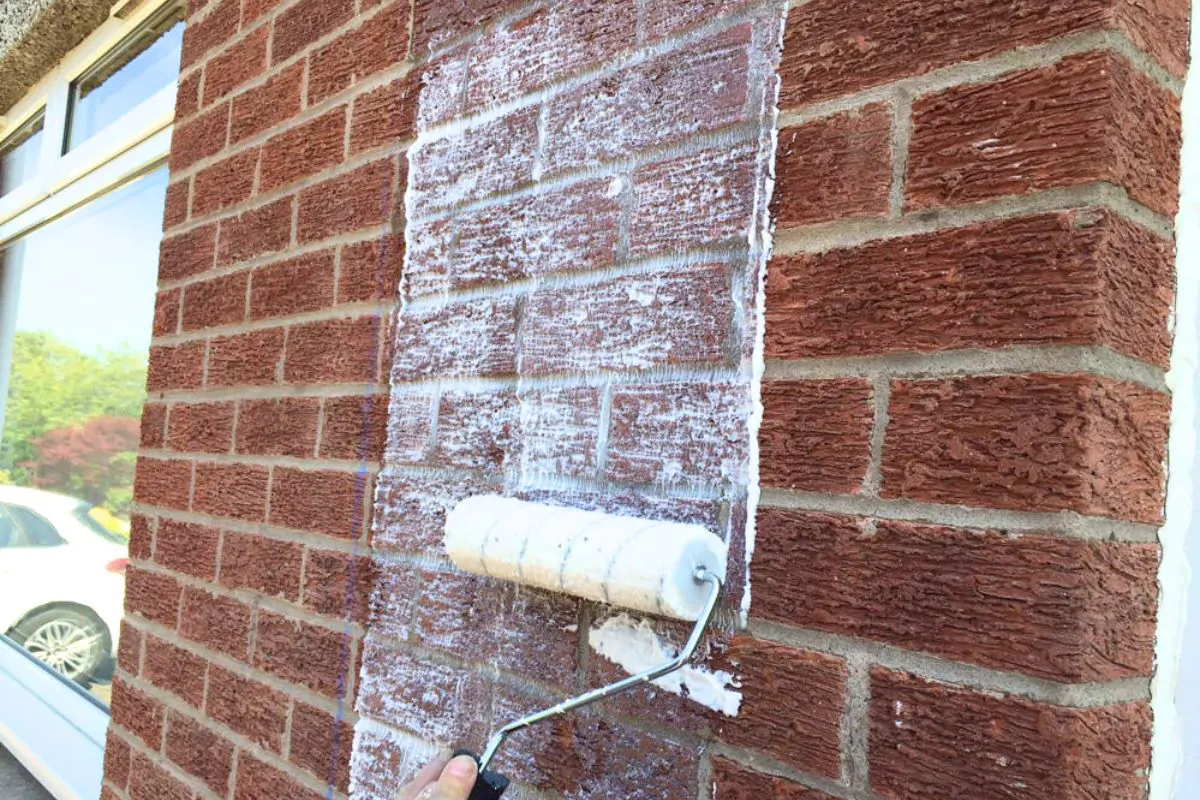A retaining wall is an essential element of many properties as it helps stabilize the soil and can enhance your garden’s appearance. Using materials like concrete to form an attractive garden retaining wall can turn a sloping yard into an attractive feature. Proper drainage is crucial to ensure the wall’s stability and longevity. The following sections outline practical steps to build a solid and appealing retaining wall for your outdoor space.
I. Planning Your Backyard Retaining Wall

Building a backyard retaining wall enhances your lawn’s appearance as well as its functionality.. Effective planning helps prevent issues like water run-off and soil erosion while ensuring the wall fits well with the landscape. Start by selecting the ideal location, choosing durable and attractive materials, determining the necessary height, and planning for proper drainage. Here are some of the key factors to consider when you are working on planning a backyard retaining wall feature:
A. Selecting the Perfect Location
Choose a location for your retaining wall that provides practical support and prevents soil from encroaching on plant beds. Ensure the site can handle water runoff and heavy rain, and consider how the wall will integrate with your home’s exterior design. Select a spot where the wall can blend function with aesthetics to be practical and attractive.
B. Choosing Suitable Materials
Select materials for your backyard retaining wall that can handle soil pressure and complement your yard’s design. Pavers offer a good balance of appearance and strength, while gravel aids drainage and stability, and a more modern design adds to the visual appeal. Rock provides a natural look but the key for any wall is it functions correctly.
C. Determining Wall Height
Determine the height of your retaining wall based on its function and how it fits into the landscape. A retaining wall for a sloped backyard should accommodate soil retention and match the natural slope of your yard. It should also complement features like a nearby patio, garden area, seating, or garden furniture for balanced aesthetics and support.
D. Implementing Effective Drainage Solutions
Install proper drainage to prevent water buildup behind the retaining wall, which can lead to pressure and erosion. Use weep holes or a perforated pipe at the base of the wall to channel water away. Adequate drainage protects the wall and adjacent areas from potential damage. Draining is critical as standing water can weaken the wall structure over time.
II. Essential Tips for Building a Stunning Backyard Retaining Wall
Building a stunning backyard retaining wall requires careful planning and attention to detail. Learning some of the essential tips for creating a functional and visually appealing wall. From selecting the right location and materials to incorporating design elements, your personal backyard retaining wall ideas will be easier to bring to life with these tips:

A. Dig a Trench and Level the Ground
Begin by excavating a trench and leveling the ground, which is crucial for a stable retaining wall. This step ensures a solid foundation, akin to setting up plumbing for a new bathroom. Use precise tools to achieve a level base, which is essential for the wall’s stability and longevity.
B. Lay the Base
Secure a strong base by choosing and compacting materials carefully. This base is critical for the wall’s stability, especially in areas with heavy rainfall. A solid, well-compacted foundation supports the wall’s height and durability, ensuring it withstands seasonal changes.
C. Lay the First Course of Blocks
Setting the first course of blocks is critical to the wall’s stability as that is what the entire wall is built upon. This foundational layer must be level and aligned accurately. Properly placed blocks provide a stable base for the entire structure, supporting future enhancements like garden beds.
D. Cut End Blocks
Cutting end blocks customizes the fit of your wall, ensuring it integrates seamlessly with existing features. This step maintains the wall’s integrity and accommodates elements such as drainage pipes or garden edges, which are essential for effective water management and soil control.
E. Install Drain Pipe (Optional)
If recommended, installing a drain pipe helps manage water flow and protects the wall’s longevity. It directs excess water away from the wall, preventing damage and erosion. This step is particularly vital in areas with challenging terrain where natural runoff and ponding are an issue.
F. Backfill the Wall
Backfilling involves adding soil behind the wall to enhance stability and durability. This final step integrates the wall into the landscape and supports its long-term function, like laying down a carpet to complete a room’s decor. It finishes everything off and completes the look.
III. Choosing and Incorporating Materials
Selecting materials for a retaining wall affects both its durability and appearance. Natural stone is durable and weather-resistant, while timber offers cost-effectiveness and charm if verified by a structural engineer. Concrete provides versatility in design. Features like steps, seating, or metal elements can enhance functionality and aesthetics.
A. Natural Stone for Durability
Natural stone is durable for retaining walls, offering strength and aesthetic appeal. It resists weathering and maintains its appearance over time. Proper installation involves using a compactor to prepare the base and ensuring each stone is aligned correctly, similar to a precise tile setting for long-lasting results.
B. Timber for Cost-Effectiveness
Timber is an affordable option for retaining walls, offering a natural look that complements various architectural styles. Properly treated timber resists rot and damage, making it a cost-effective choice that enhances outdoor spaces with warmth and continuity while staying within budget.
C. Concrete for Versatility
Concrete is a versatile material for retaining walls, allowing various styles and designs. It offers durability and can be shaped to fit multiple landscape requirements. Patio wall blocks are easy to assemble and provide flexibility to match the home’s exterior design. Concrete is durable and easy to design with.
D. Incorporating Steps and Seating for Design and Functionality
Adding steps and seating to a retaining wall enhances its functionality and visual appeal. Steps provide access to different levels of a sloped yard, while built-in seating creates a relaxing area. This combination transforms the wall into a critical feature of your outdoor space and adds a nice finalized touch to the look.
IV. Enhance Your Backyard with a Retaining Wall

A retaining wall can transform a flat backyard into a multi-level space. Adding plants along the wall softens the hardscape and provides variety. Integrating seating or water features improves both functionality and aesthetics. The wall also defines property boundaries and adds privacy, enhancing the overall backyard design with retaining walls and outdoor experience.
A. Using Plants to Soften the Look
Placing plants around a retaining wall adds softness to the hardscape and helps blend it with the garden. Shrubs, perennials, and ground covers can enhance the wall’s appearance and integrate it into the landscape, creating a visually pleasing and cohesive outdoor space.
B. Creating Different Levels of Landscaping
A retaining wall can create multiple levels in a backyard, transforming a flat area into a dynamic space. Terraced sections allow for varied plantings and garden themes, adding depth and functionality. These levels can also serve practical purposes, like play areas or relaxation zones.
C. Incorporating Seating or Water Features
Adding seating or a water feature to a retaining wall enhances its utility and appeal. Built-in seating offers a permanent spot for enjoying the garden, while a water feature provides visual interest and a soothing sound, making the space more engaging and enjoyable.
D. Creating a Divide or Property Border
A retaining wall can be a stylish boundary marker, defining elegant property lines. It offers a more attractive option than a fence and provides privacy and structure, creating a clear division while maintaining the natural flow of the landscape.
V. Finishing Touches and Maintenance
After building your retaining wall, please focus on the final details to enhance its appearance and functionality. Add lighting, choose suitable plants, or incorporate decorative stones to improve its look. Regular maintenance is crucial—inspect the wall for damage and fix any issues promptly to ensure long-term durability and visual appeal.

A. Final Touches and Aesthetic Enhancements
Enhance your retaining wall with practical additions like outdoor lighting to highlight its features at night. Adding plants can introduce color and softness, blending the wall with the surrounding landscape. These elements improve the wall’s appearance and integration into your outdoor space.
B. Regular Maintenance for Durability and Longevity
Regularly inspect a retaining wall for damage, such as shifting blocks or material wear, to keep it in good condition. Address any issues promptly to prevent further damage. Consistent maintenance helps ensure the wall remains functional and visually appealing over time.
Conclusion
Building a durable and attractive retaining wall involves careful planning and execution. Key steps include choosing the right location and materials, ensuring a solid base and level construction, and precise block placement. Adding design features like steps and seating enhances functionality and appearance. Regular maintenance and aesthetic details such as lighting and plants help maintain the wall’s appeal and performance. Call today to get started on your own garden retention wall project today!





